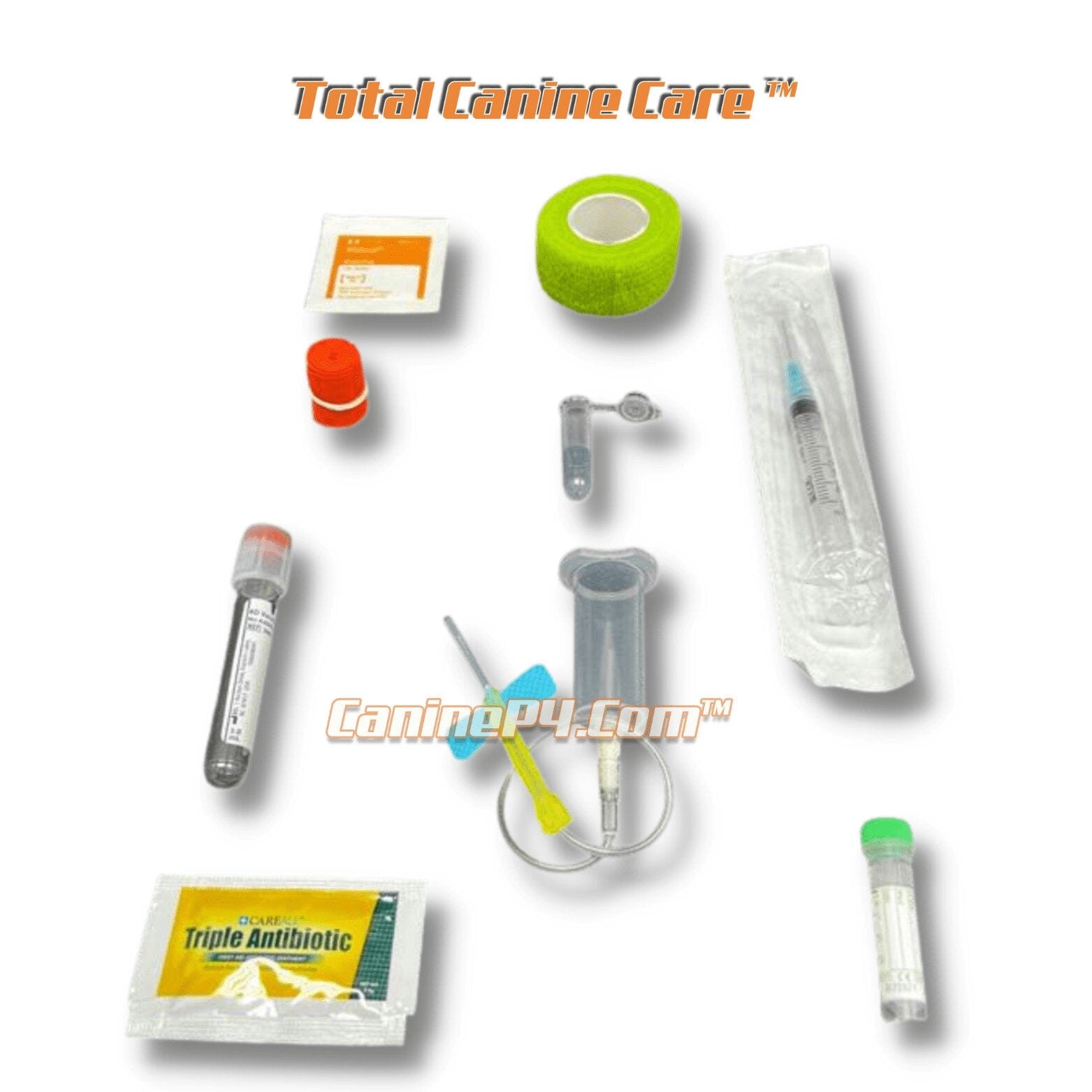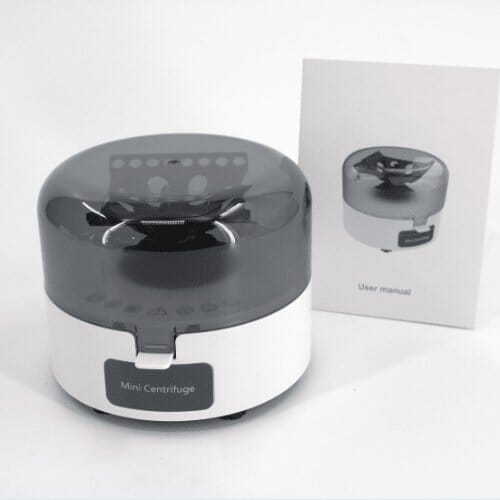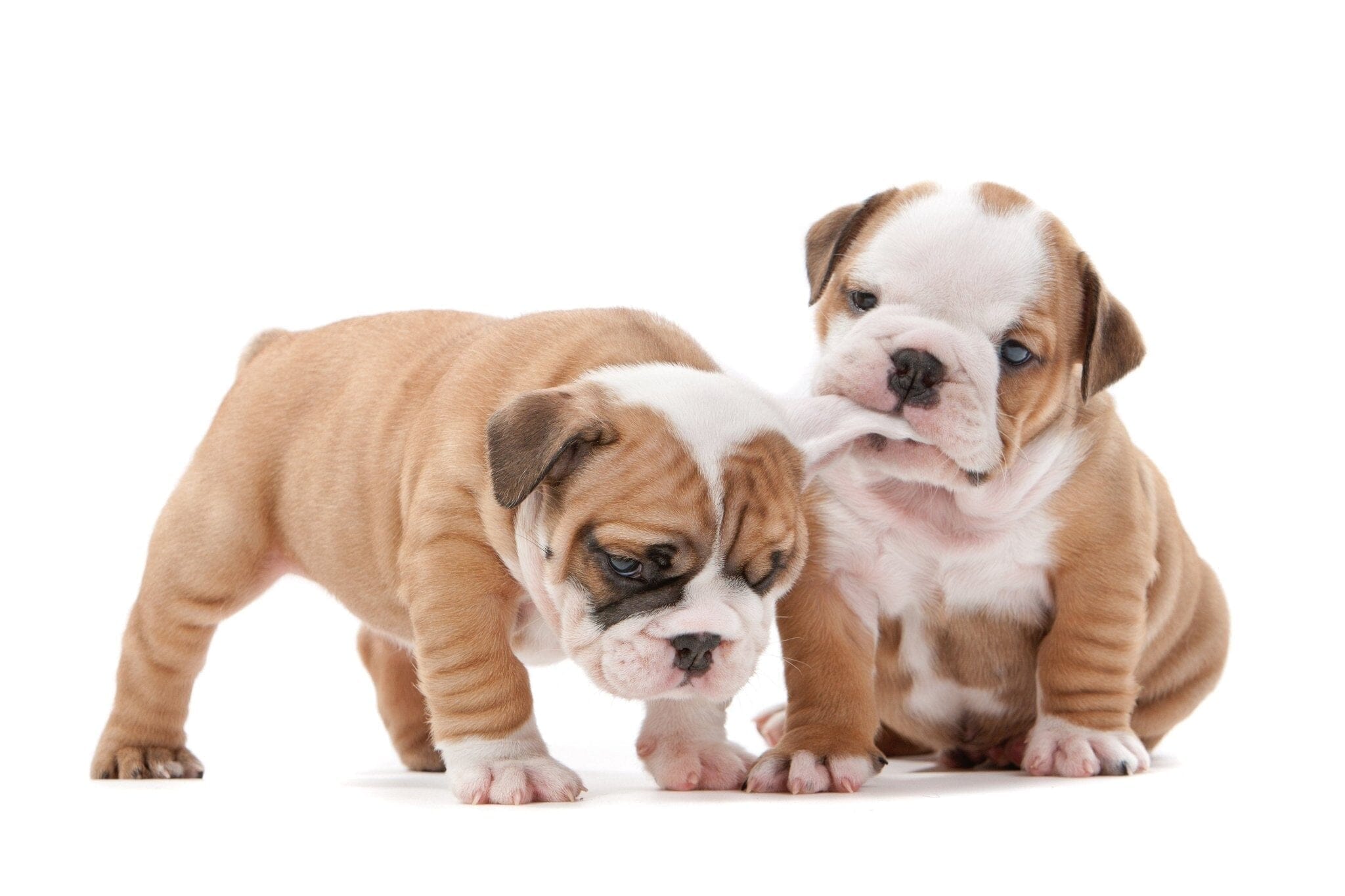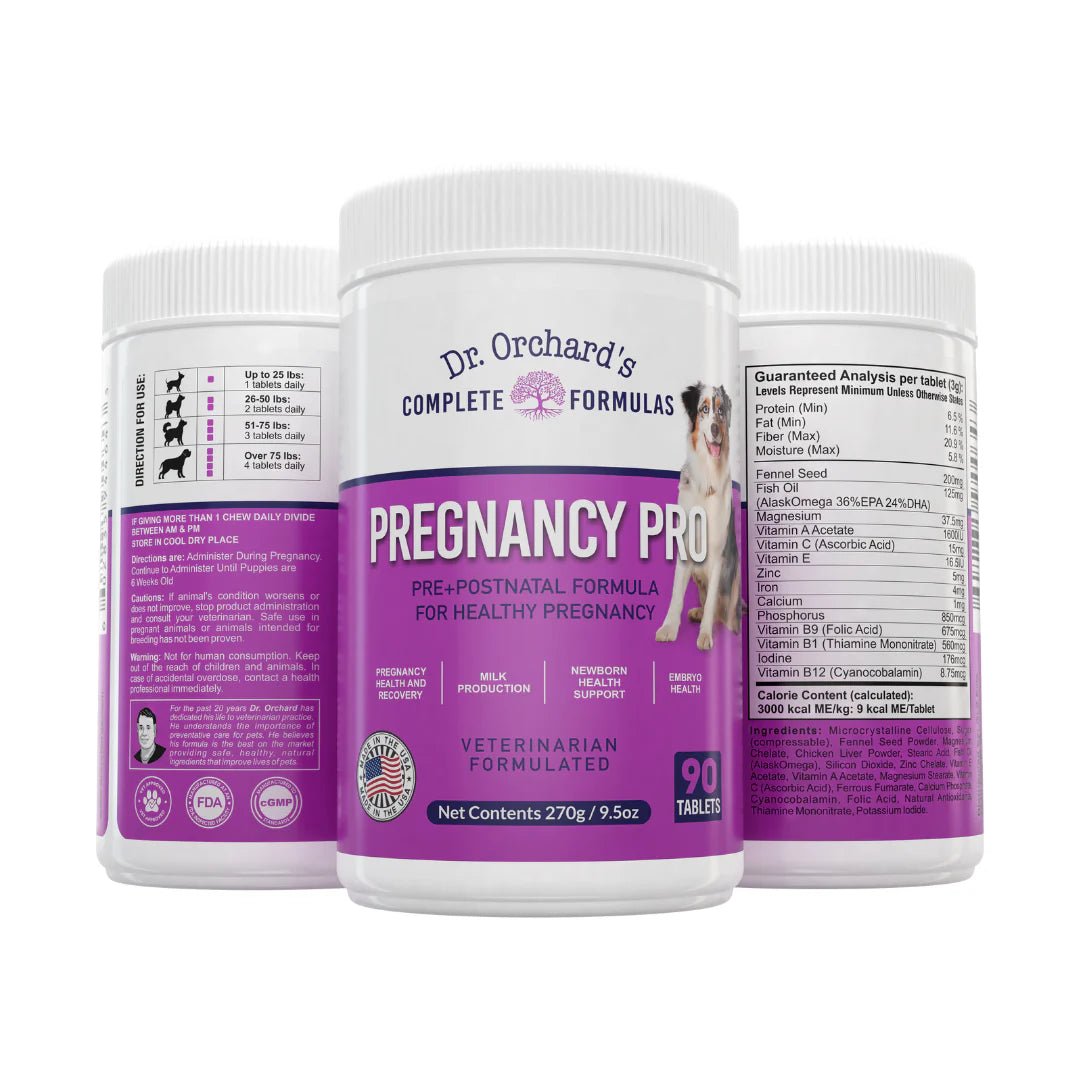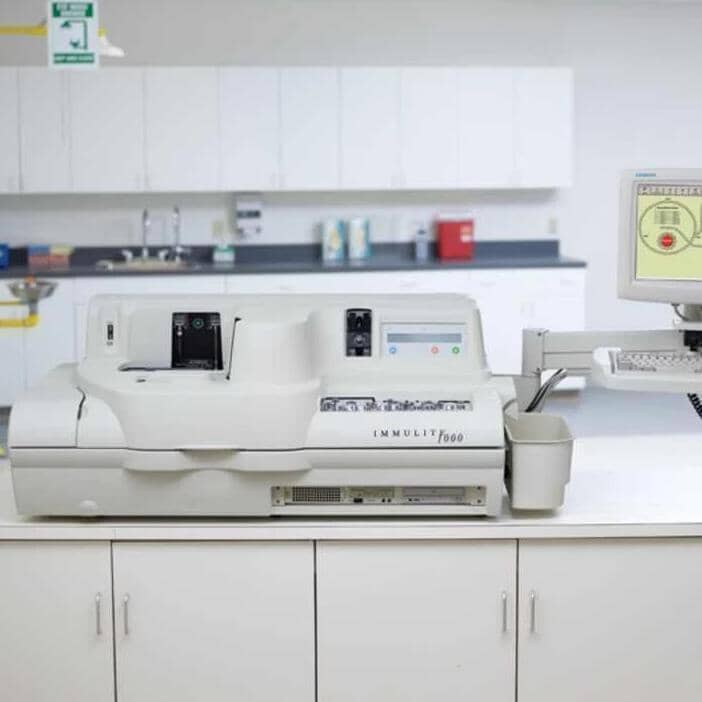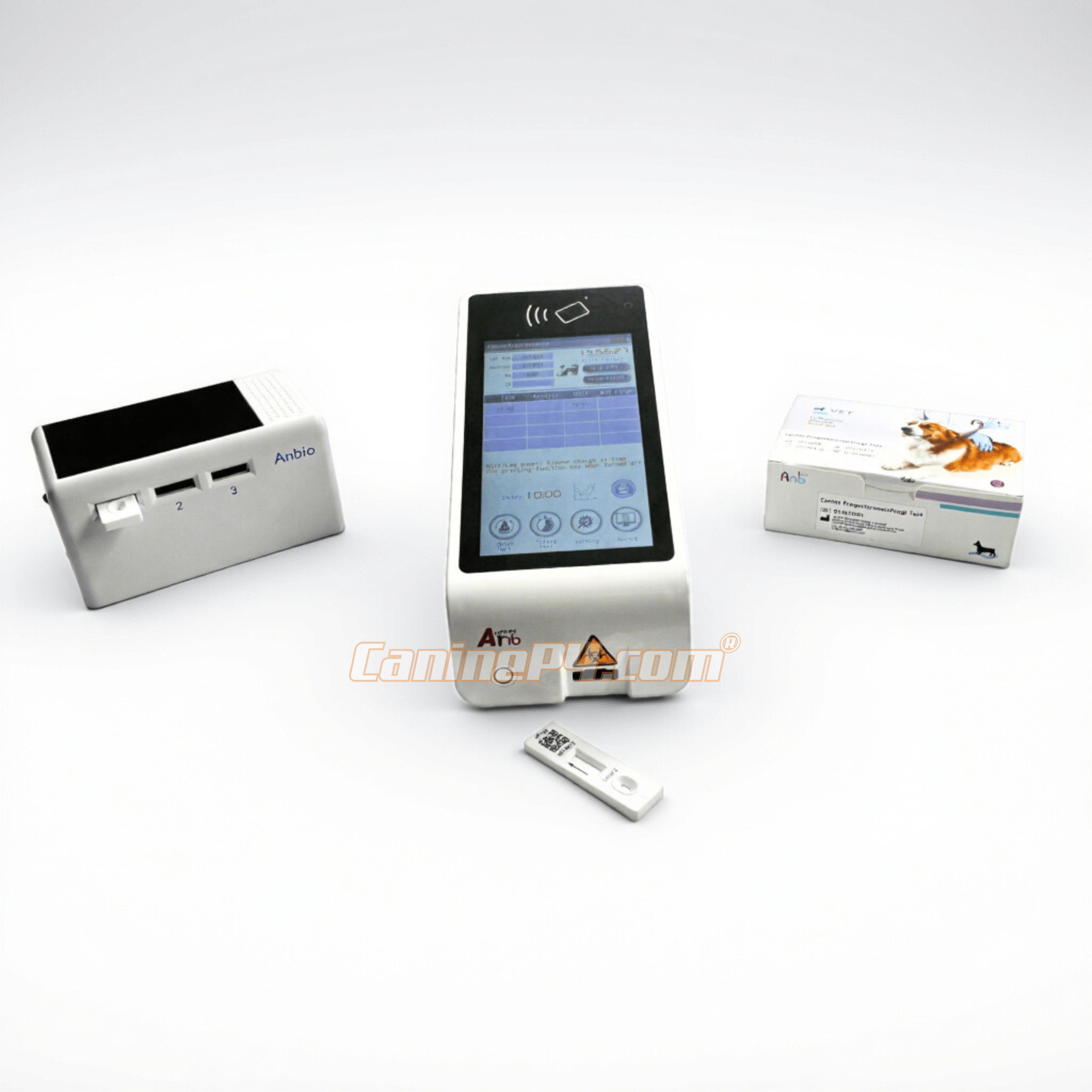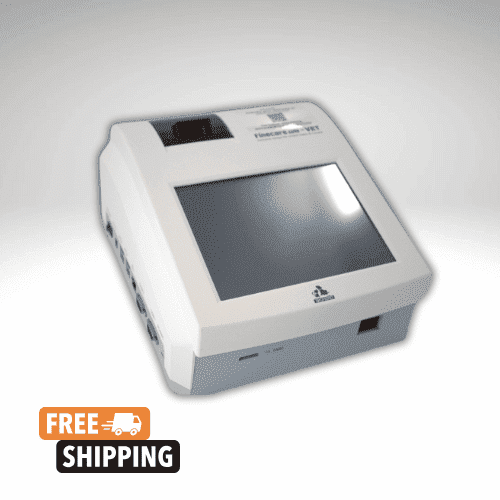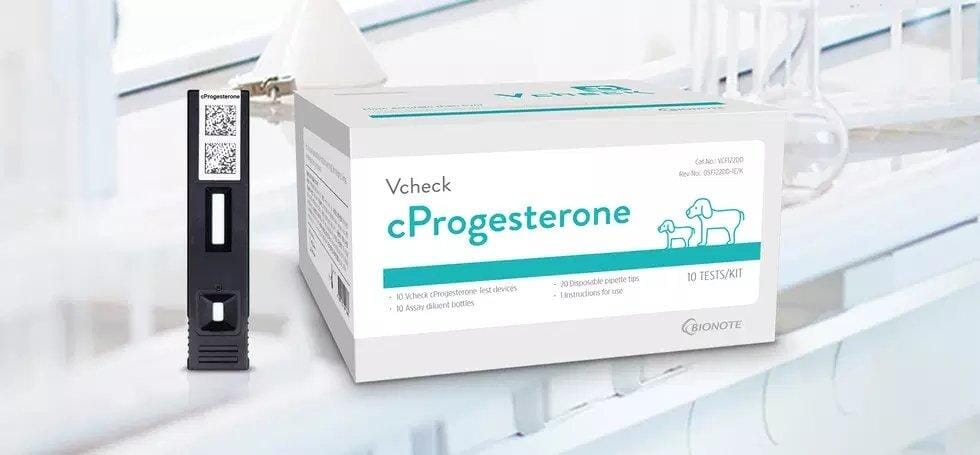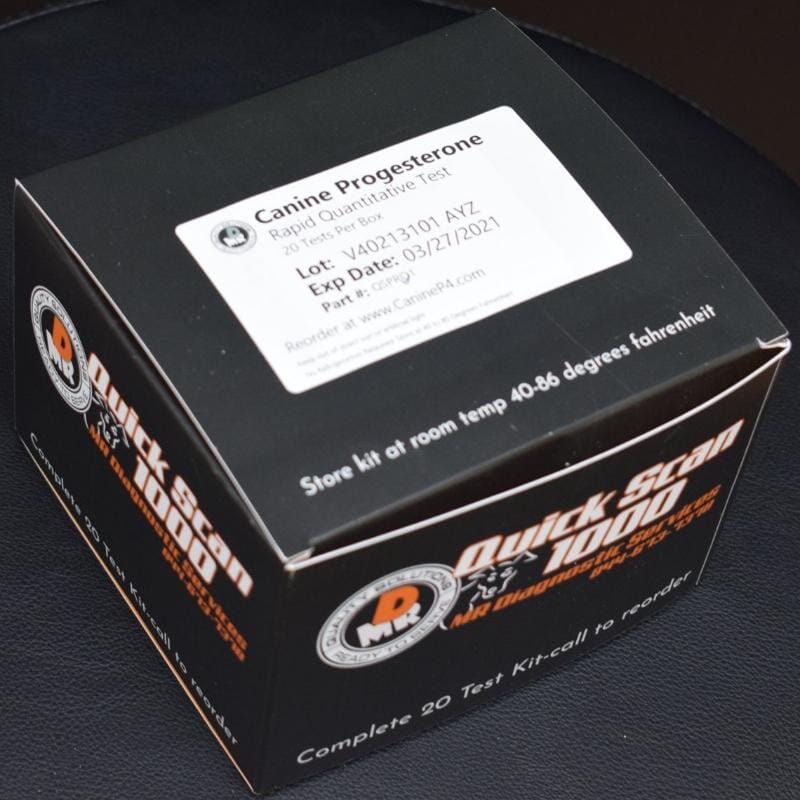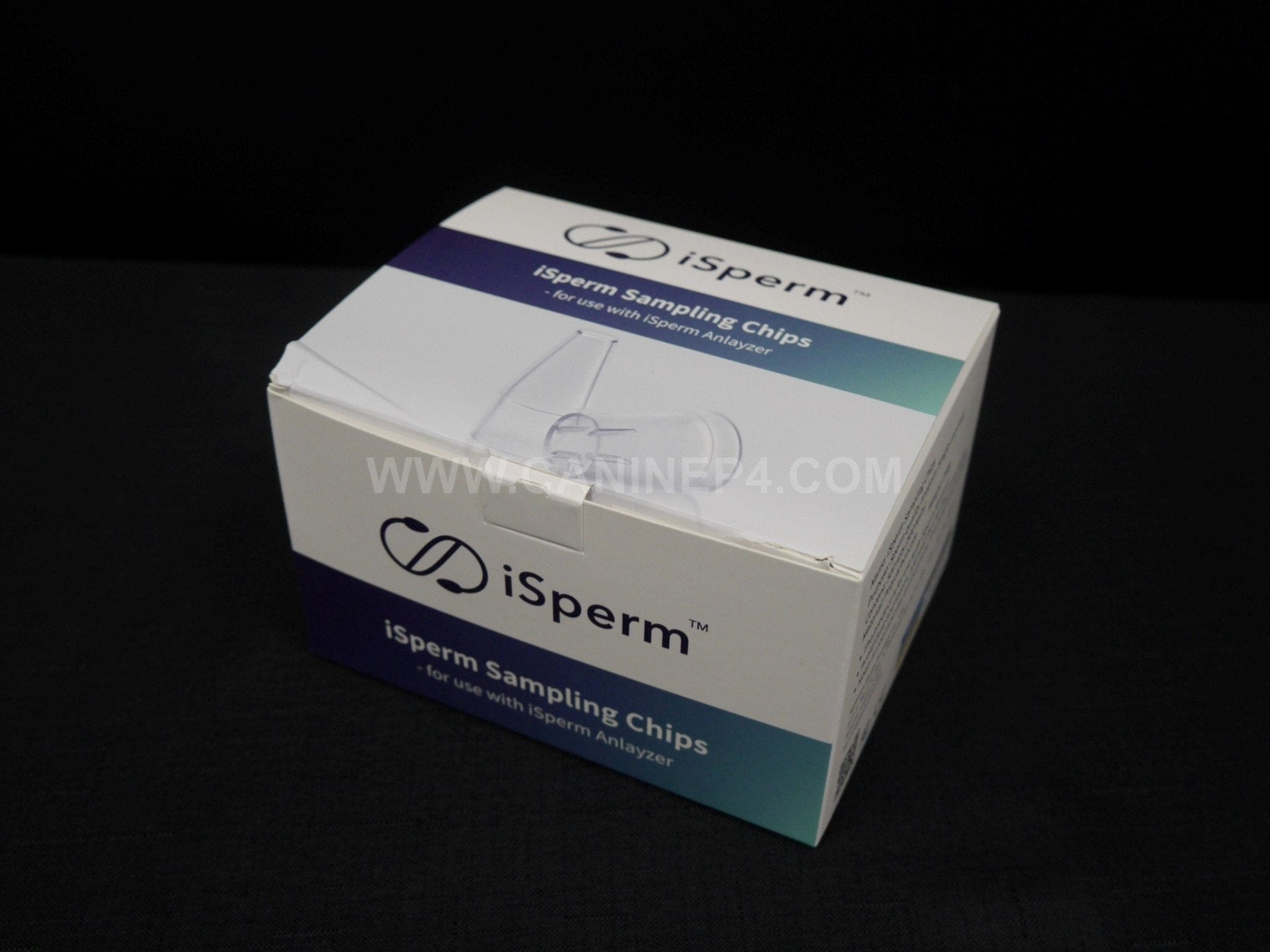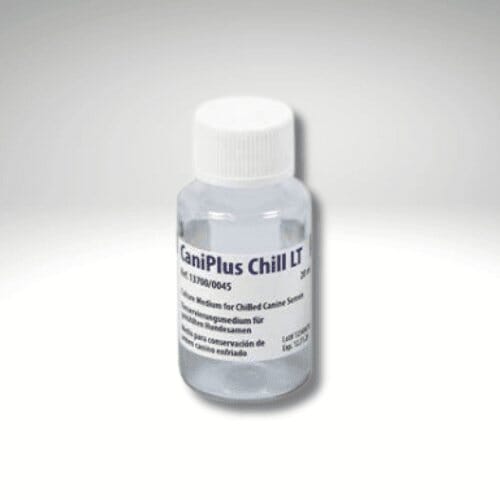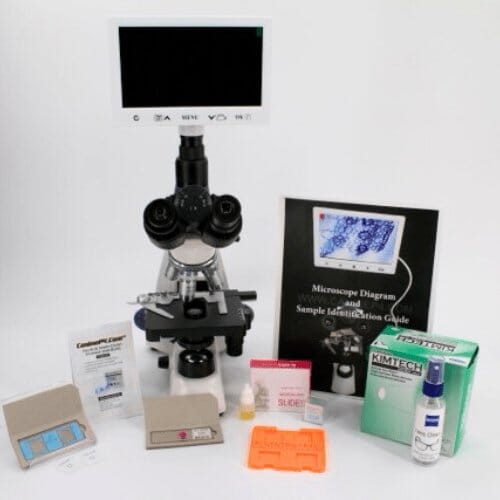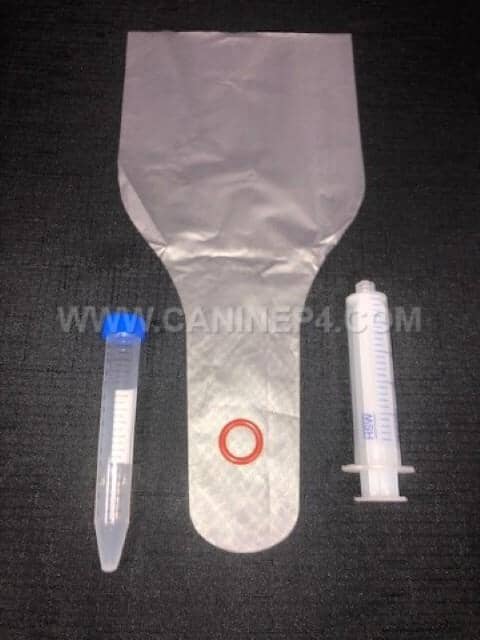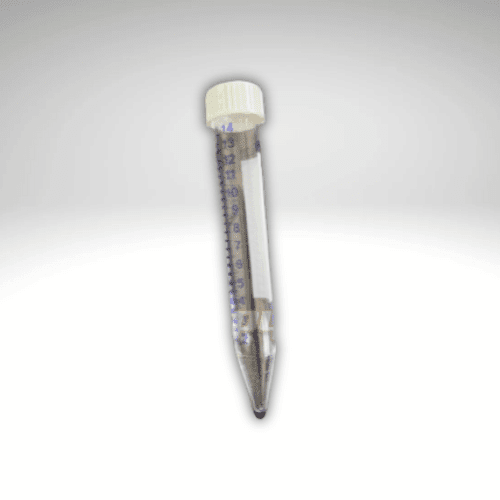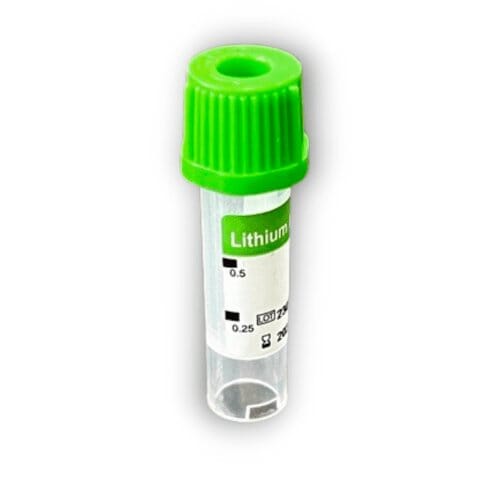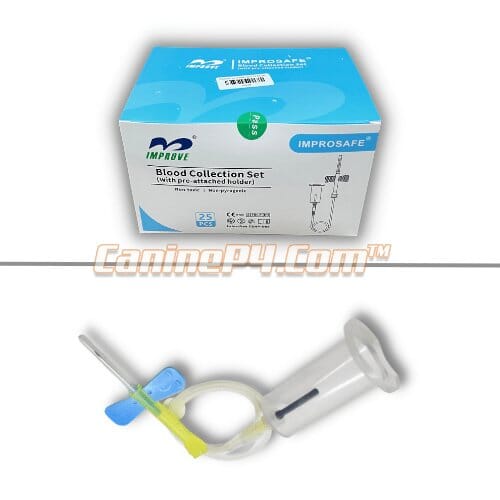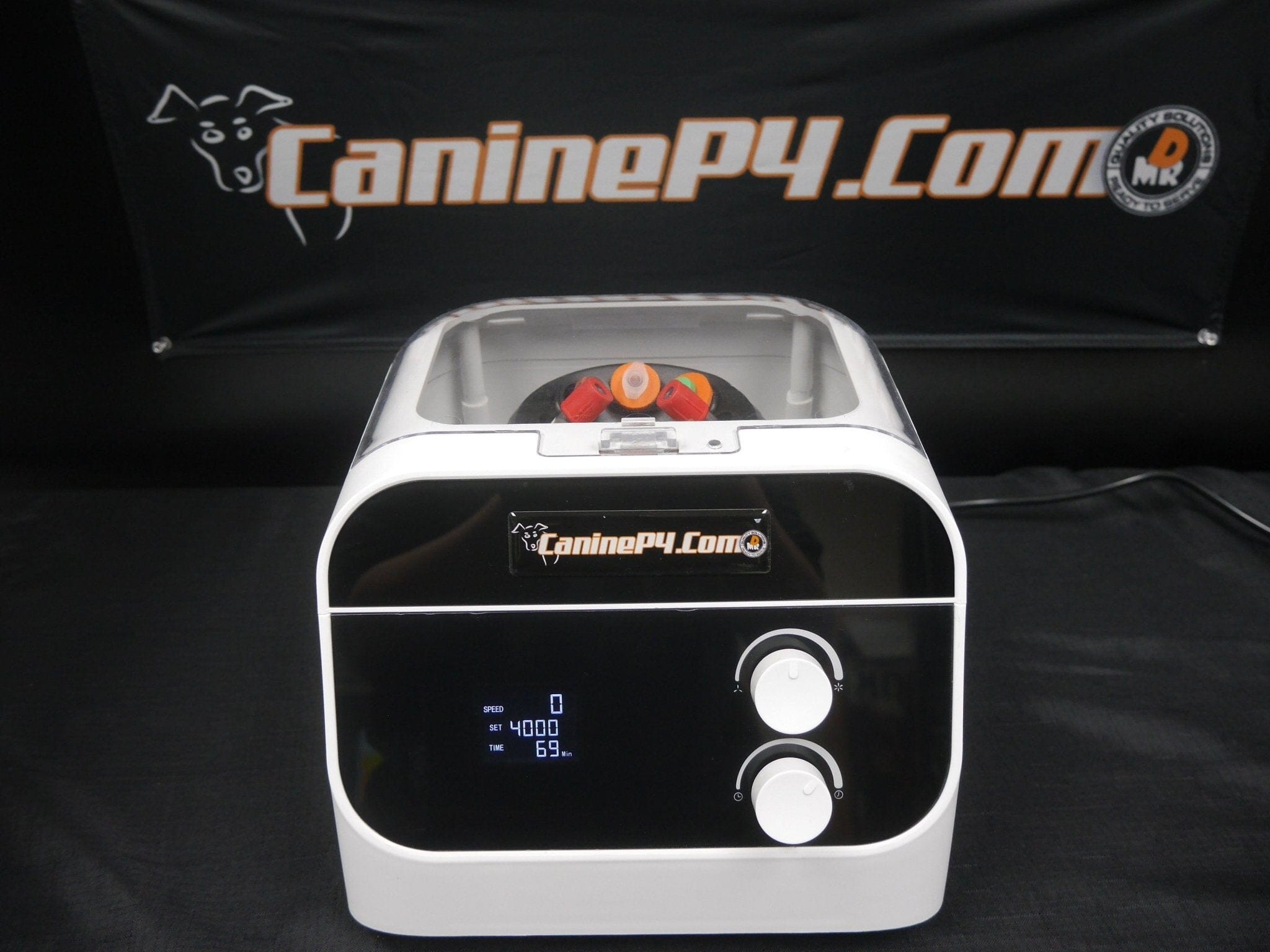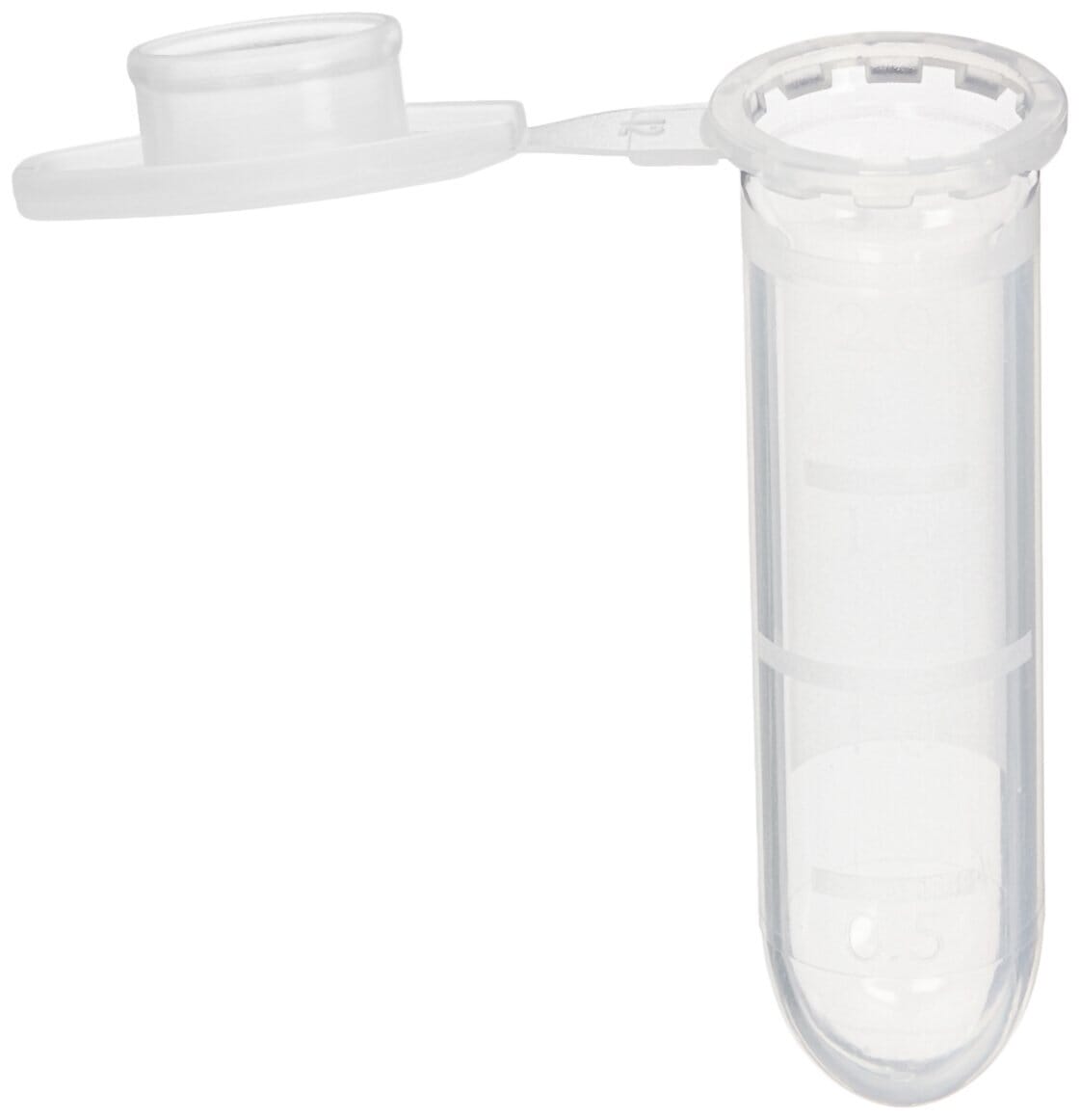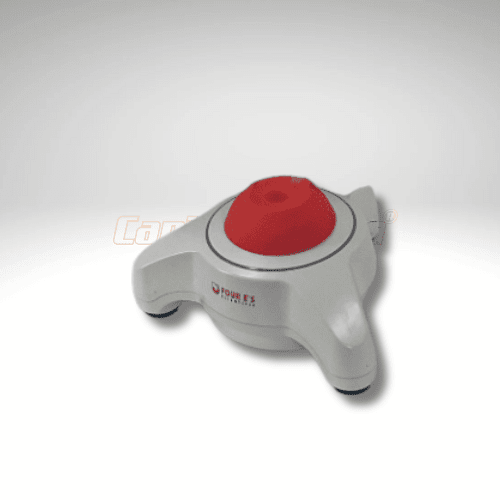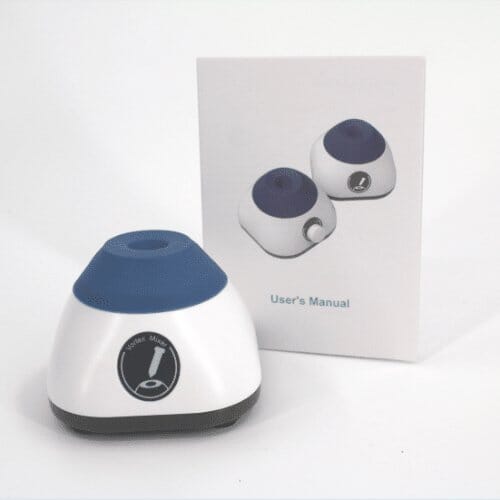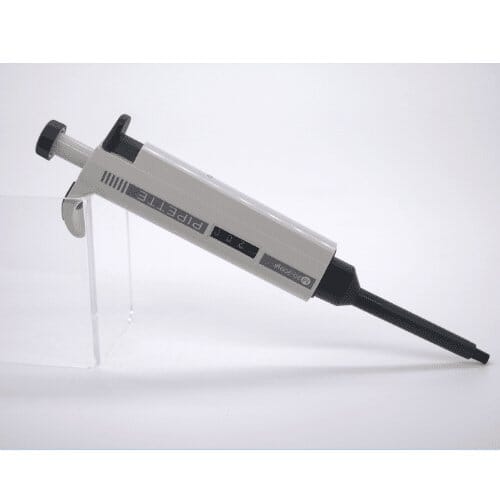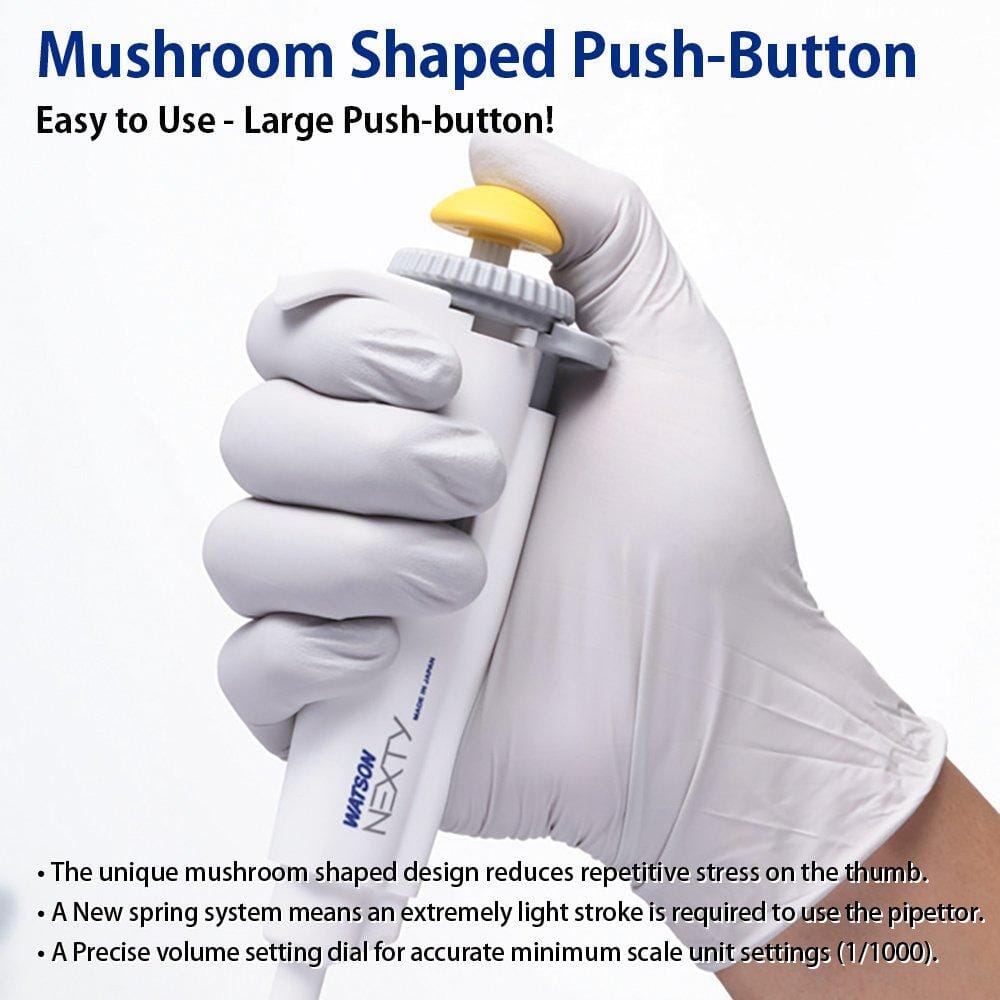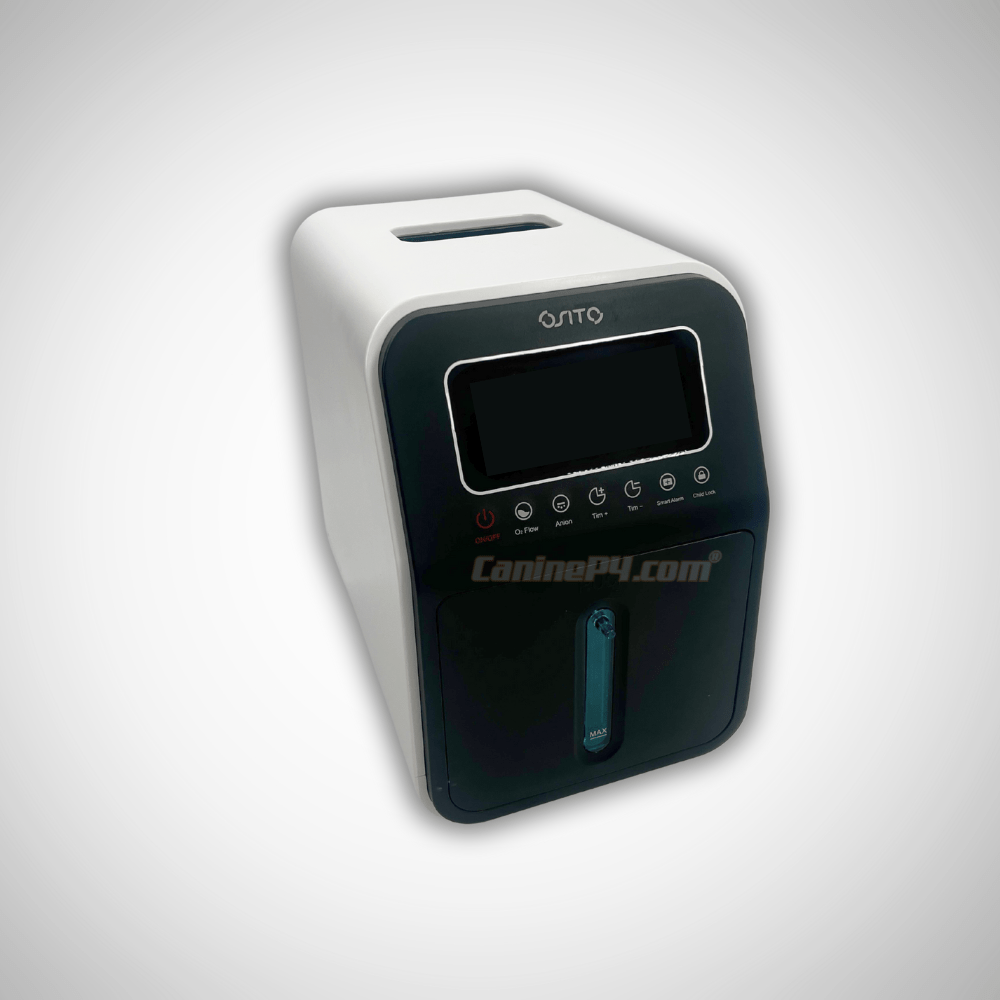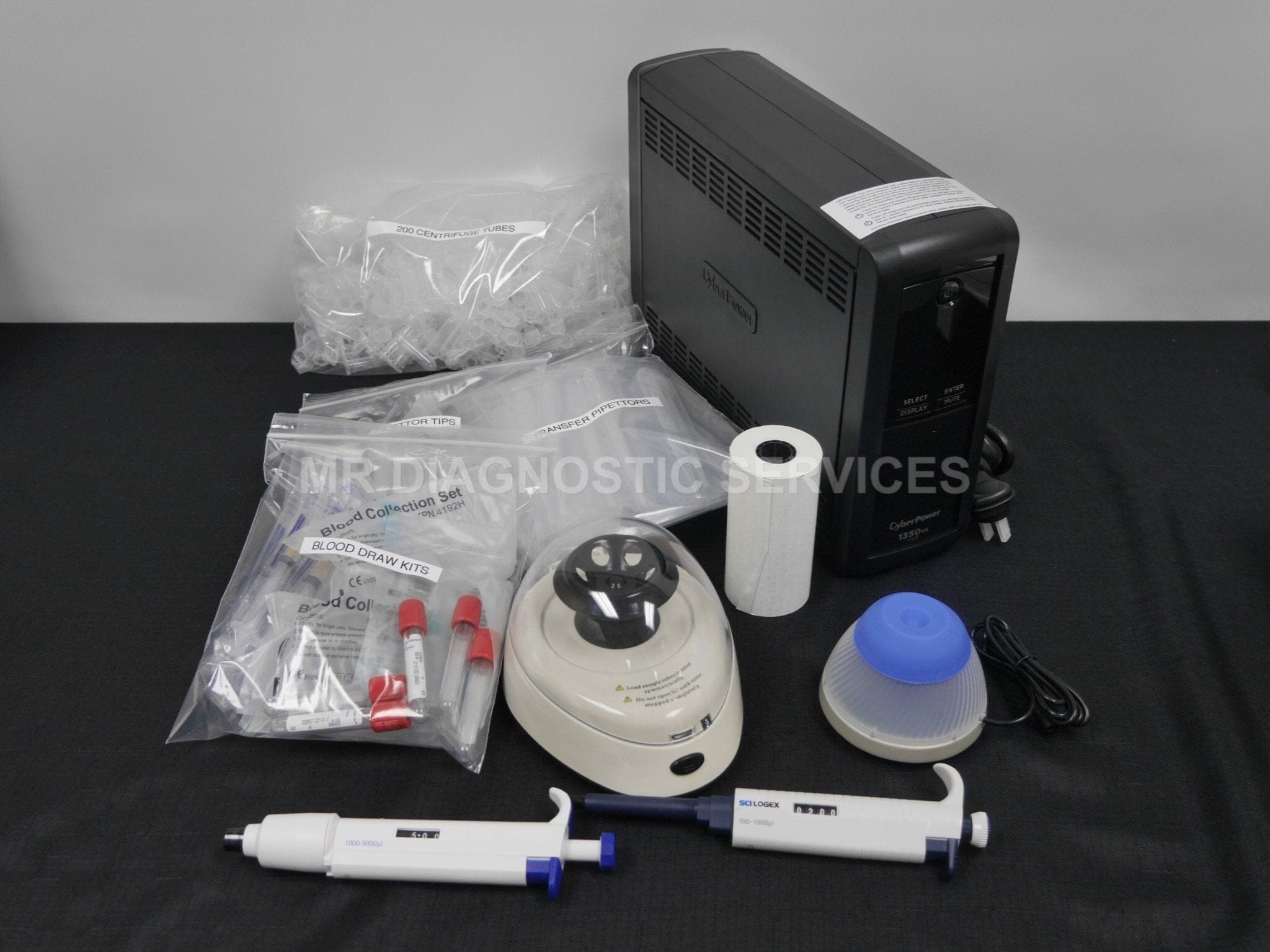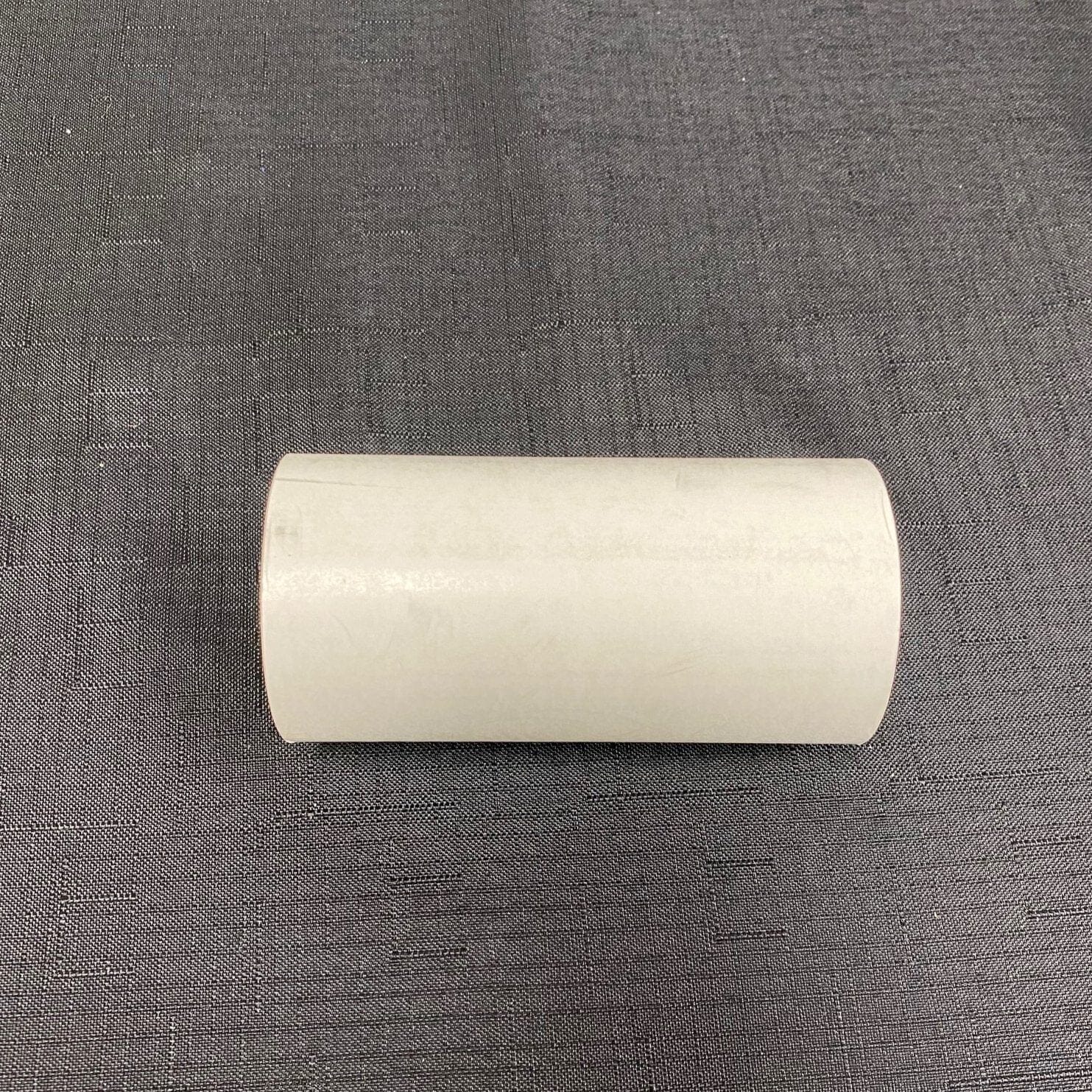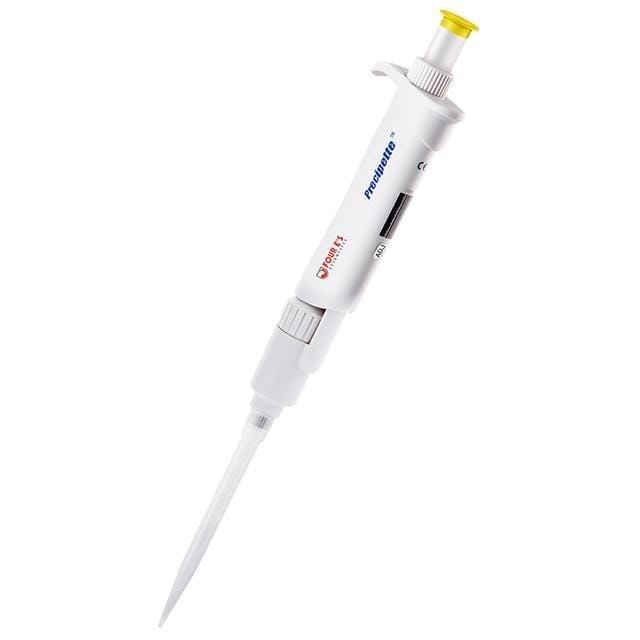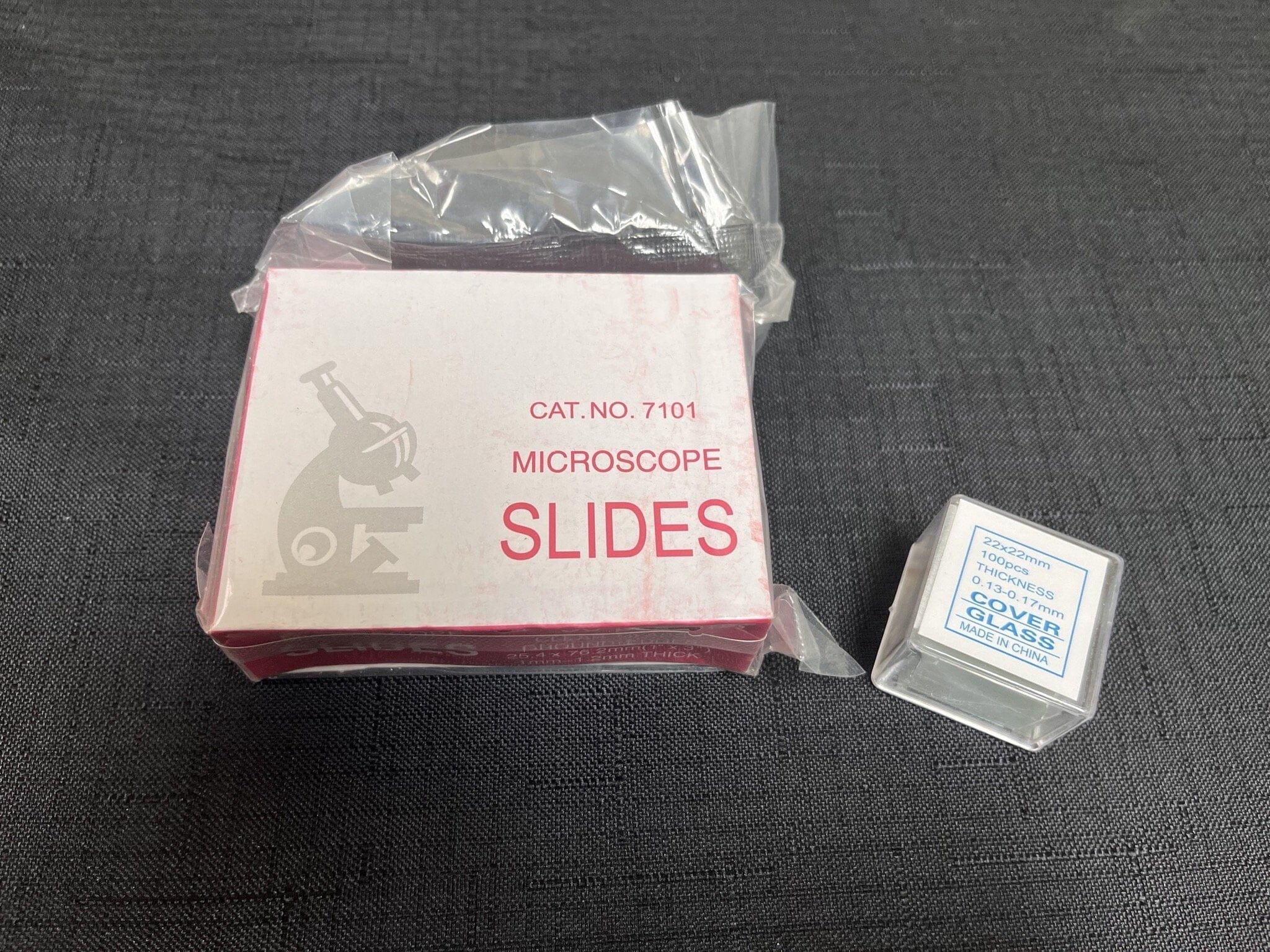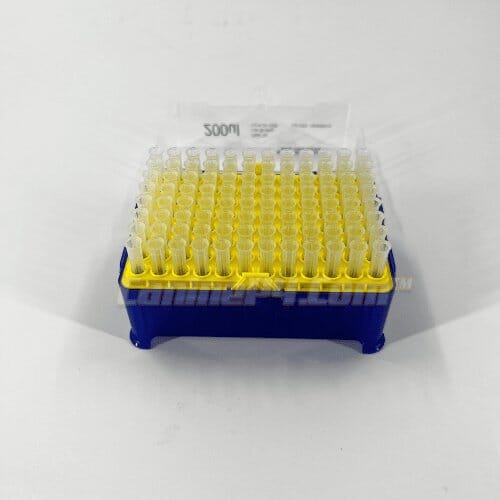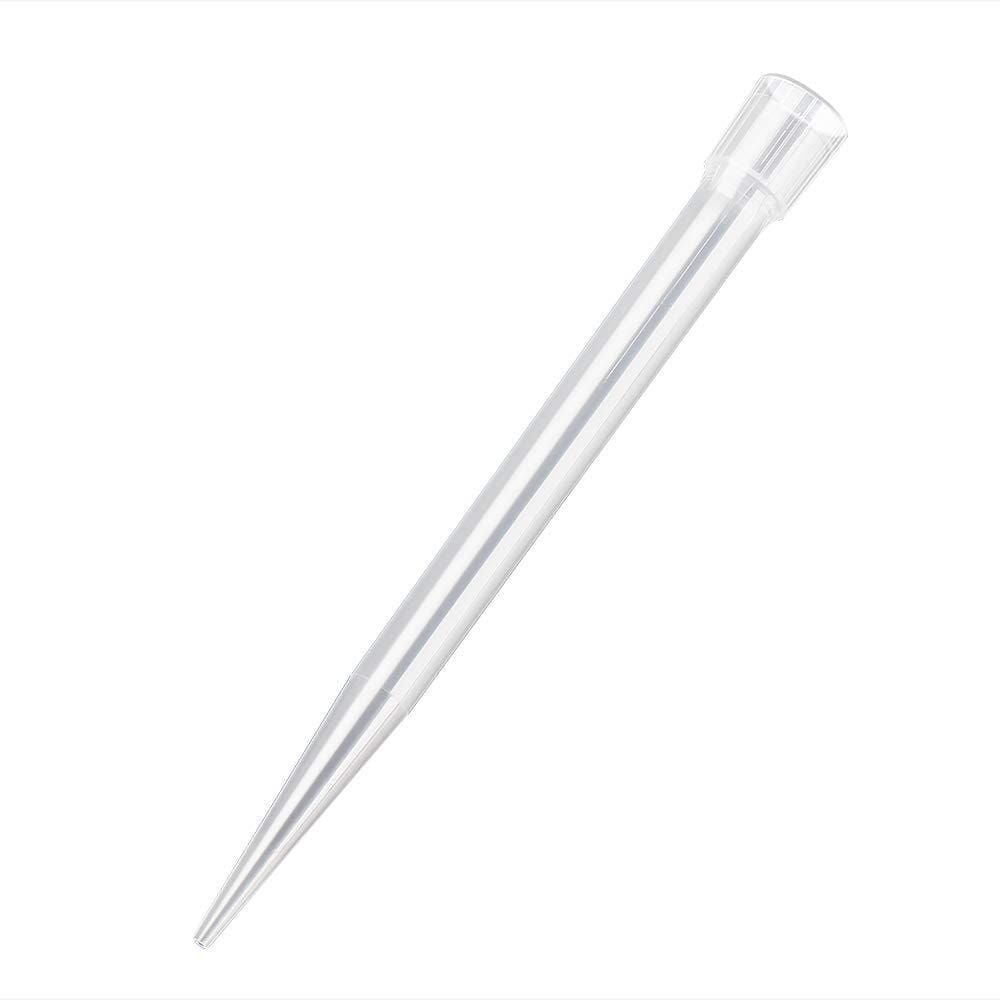Menu
Why is my female dog not getting pregnant? 5 Top Reasons.

Why is my female dog not getting pregnant? Lets talk about the 5 Top Reasons.
So, what happened? You bred your dog and yet 63 days later, there were no puppies, the breeding was unsuccessful.
Breeding is an exact science, and a lot can go wrong in a number of directions. Let's take a look at the Top 5 Reasons your dog didn’t get pregnant
1. The breeding timing was incorrect.
Breeding at the correct time is paramount to producing a healthy litter of pups. Using alternate timing charts, or old reference values from previous machines on your new progesterone machine simply will not work. You must use the correct reading chart in order to produce accurate results.
Why? Because the values are different, and could lead you to breed TOO EARLY OR TOO LATE. If that becomes the case, even if everything else is done perfectly, the egg will not fertilize. The fact is most every manufacturer of progesterone testing machines has a different range and they will all give you a difference result from the same sample! This is normal.
So when you purchase an in house progesterone system you should ensure that you purchase from a company that understands this fact and has done the hard work to correlate all the units they sell to an industry standard (like the immulite 1000, mini vidas, and others). This process of correlating all the units makes sure that the timing chart(s) you get with whatever system you purchase is correct and your timing will be right on! Your best chance at success is using the professionally designed timing chart curated to your specific instrument.
CanineP4 provides timing chart with every Progesterone testing machine we sell. We also cover you with technical and customer support that is dedicated and effective to keep you moving forward.
Check out the top five units we offer that are correlated and matched with a timing chart and all test kits are tested lot to lot before they are sold to you.
You may also have missed because the ovulation date was misjudged. For instance, if you have a value that falls within the ovulation range, it doesn’t always mean she has ALREADY ovulated. Often a bitch will pause at or near the ovulation range, or even go back down in the case of a split heat.
Misjudging the ovulation date can cause you to mis-predict her fertility period by a few days. The best way to catch the ovulation date is, once you receive a result in the ovulation range test again afterward, and look for the rise into the fertile range. The numbers can even double the day after (in some cases).
Using your test values to BOTH estimate the ovulation date, and then the fertile range on the chart, is the best way to accurately determine when to breed. We do not recommend breeding without 1st having a result in the fertile range.
Keep in mind that eggs (oocytes) generally need 1-3 days to reach maturity after ovulation, and fresh semen requires 7 hours prior to them being ready to successfully fertilize (5).
2. The semen was insufficient to get the job done or was damaged prior to insemination.
Struggling semen counts can happen for a lot of reasons: age, temperature and oxidative stressors, reproductive diseases, incorrect use of extenders, and ejaculating the stud too often. It is vitally important to confirm the health of the semen, as it does 50% of the work and can account for many of the failures.
Even if the semen is healthy, and at the recommended standards, it can be easily harmed during transport and preparation, and exhibit less vitality at the time of insemination than it did when initially collected.
Healthy sperm should register at least 70% forward progressive motility, 80% normal morphology and 200 million total forward-motile sperm for healthy pregnancies.
Total sperm count per ejaculation (not per sample, or milliliter mL) should be 300 million to 2 billion (2).
If a sample falls short of these parameters there is a high chance of a missed pregnancy.
We recommend analyzing each stud dog on a regular basis to screen for issues. If performing any kind of A.I, it is recommended to analyze the sample prior to insemination. The iSperm 6 is a iPad based computer tool that can quickly and easily give you all the information you need to know about the semen you are about to use.
Check out our line of semen analysis products, and lower your missed litter rate.
3. The dog has a reproductive disease or infection, such as pyometra. Canine herpes virus (CHV), or brucellosis, among others, and cannot conceive or carry to term.
In this instance, it is paramount that the animal be taken to the vet if a disease is suspected, to receive testing and if positive, treatment. Some diseases can even be life-threatening, or transferred from dog to dog through natural inseminations (artificial inseminations help in preventing STDs). If she starts exhibiting unusual behavior, discharge, or has a history of poor pregnancies or lack of conception, consult with a vet immediately (1).
4. She Didn’t Actually Ovulate
Even if her value puts her in the ovulation range for any given machine, it does not guarantee ovulation. The range is established due to variation in animals, and standard instrument variation. This being the case, another progesterone test is usually required to confirm the ovulation point was passed.
Quite often, instances of split heat can produce results in the ovulation range, only to come back down, or ovulation stalling may keep her in the ovulation range for days at a time. Once she has truly ovulated, progesterone will elevate and remain high.
You may even see a bitch produce about the same value, in the ovulation range, for days at a time before she rises. Some bitches will ovulate slightly higher than the ranges produced for the machine as well. A result demonstrating that she is actually in the fertile range is recommended before breeding.
5. Hormonal Disorders or Imbalances
Hormone disorders or imbalances will disturb a dog's reproductive ability. Hormones such as T4 play a vital role in regulating heat cycles and general health, and if these hormones are out of balance, it will be difficult to produce a pregnancy.
“In non-neutered dogs, hypothyroidism may cause various reproductive disturbances. Females may have irregular or no heat cycles and become infertile, or litter survival may be poor. Males may have lack of libido, small testicles, low sperm count, or infertility (3).”
We recommend regularly testing your dogs for hormones such as T4. Thyroid issues may manifest with fatigue, cold intolerance, mental dullness, or weight gain (4). In some cases, the health of the dog simply isn’t adequate to establish. pregnancy, or maintain a healthy pregnancy.
Many of our analyzers such as the Cube Vet, can perform these hormone screening tests as well as progesterone.
Here is an example of the timing chart for the Cube Vet progesterone system!
Looking for the newest dog breeding equipment? Check out Caninep4.com for more products that will help you be successful. If you have any questions on any of the information above please feel free to give us a call at 844-673-7378, chat, or send us and email at Support@K9P4Go.com
Citations:
- Sexually transmitted diseases in dogs: Which are the most common? My Animals. (2021, February 24). Retrieved February 18, 2022, from https://myanimals.com/health/veterinarian-care/illnesses-and-treatment/sexually-transmitted-diseases-in-dogs-which-are-the-most-common/
- Johnson, C. (n.d.). Semen quality and artificial insemination (proceedings). DVM 360. Retrieved February 18, 2022, from https://www.dvm360.com/view/semen-quality-and-artificial-insemination-proceedings
- Peterson, M. E., & Kritchevsky, J. E. (2022, February 10). Disorders of the thyroid gland in dogs - dog owners. MSD Veterinary Manual. Retrieved February 18, 2022, from https://www.msdvetmanual.com/dog-owners/hormonal-disorders-of-dogs/disorders-of-the-thyroid-gland-in-dogs#:~:text=In%20non-neutered%20dogs%2C%20hypothyroidism%20may%20cause%20various%20reproductive,libido%2C%20small%20testicles%2C%20low%20sperm%20count%2C%20or%20infertility.
- Walther, R. (2021, April 7). Hypothyroidism in dogs: Causes, symptoms, treatments. Pawlicy Advisor. Retrieved February 18, 2022, from https://www.pawlicy.com/blog/hypothyroidism-in-dogs/
- About canine reproduction. Smart K9 Fertility Clinic. (2020, September 10). Retrieved February 18, 2022, from https://k9fertilityclinic.com/about/canine-reproduction/
Browsing history
- Choosing a selection results in a full page refresh.



